Bangladesh and Sri Lanka exhibit contrasting agricultural landscapes shaped by geography, climate, and history. Bangladesh's flat deltaic terrain supports diverse crops with advanced water management, while Sri Lanka's varied terrain fosters tea, rubber, rice, and organic seafood cultivation. Their political systems differ due to distinct historical journeys, with Bangladesh prioritizing secularism and democracy, and Sri Lanka navigating multi-party democracy and presidential dominance. Economically, Bangladesh focuses on textiles and food security, while Sri Lanka diversifies through natural resources. Despite cultural ties, their agricultural practices, colonial influences, and media freedom practices create a unique comparison between these South Asian neighbors.
Discover the unique agricultural landscapes of Bangladesh and Sri Lanka, two South Asian neighbors with distinct farming practices shaped by history and geography. While both countries face challenges like climate change and population growth, their approaches to food security differ significantly. From floodplain agriculture in Bangladesh to terracing in Sri Lanka, exploring these practices offers insights into the Bangladesh vs. Sri Lanka agricultural divide. Unravel the historical connections that have influenced their farming traditions and explore broader political and economic dynamics.
- Key Agricultural Practices in Bangladesh and Sri Lanka
- Historical Context of Bangladesh-Sri Lanka Relations
- Unique Farming Techniques in Each Country
- Political Dynamics Between Bangladesh and Sri Lanka
- Economic Interdependence: Trade and Investment
- Cultural Exchange: Shared Heritage and Influences
Key Agricultural Practices in Bangladesh and Sri Lanka
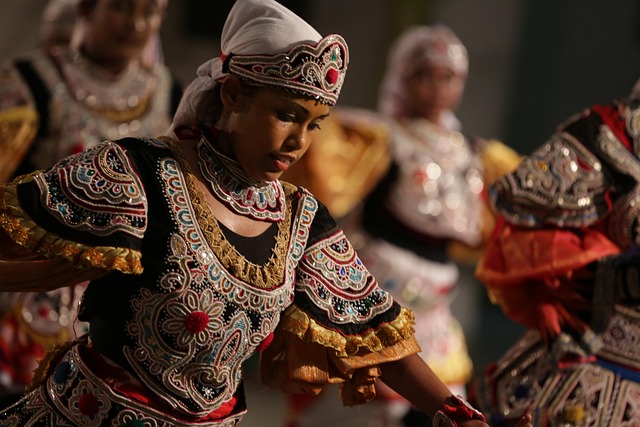
Bangladesh and Sri Lanka, though geographically close, exhibit unique agricultural practices shaped by their distinct landscapes and cultural expressions. Bangladesh, characterized by vast river systems and fertile deltas, relies heavily on irrigation for agriculture. Rice cultivation is a cornerstone of the bangladeshi agricultural sector, with diverse varieties adapted to the region’s climate. The country also embraces a vibrant mix of fruits, vegetables, and cash crops like jute and tea, reflecting its varied microclimates. Traditional farming methods in Bangladesh often involve family-owned smallholdings, where sustainable practices are deeply rooted in local knowledge.
In contrast, Sri Lanka boasts a diverse landscape ranging from coastal plains to mountainous regions, leading to varied agricultural patterns. Rice remains a staple, but the srilankan agricultural sector is known for its extensive tea plantations, particularly in the central highlands. Citrus fruits, spices, and flowers also thrive in the island’s favorable conditions. While both nations share a love for agriculture, cultural differences manifest in their approaches—from language and ethnicity to official tongues—impacting how they interact with their land. Visiting us at traditional arts in Bangladesh vs Sri Lanka anytime offers a glimpse into these contrasting yet fascinating agricultural worlds. The bangladeshi vs srilankan landscape differences further contribute to the unique cultivation techniques and crops that define each country’s culinary heritage.
Historical Context of Bangladesh-Sri Lanka Relations
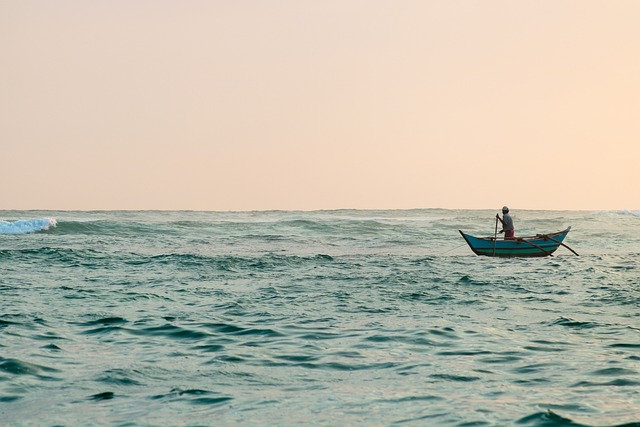
The historical context of Bangladesh-Sri Lanka relations is deeply rooted in their shared past under colonial rule, which significantly shaped both nations’ identities and trajectories. Both countries were part of British India until 1947 when they gained independence, but their paths diverged with the creation of Pakistan from the Indian subcontinent. Bangladesh, then East Pakistan, faced political turmoil, ultimately leading to its separation from Pakistan in 1971 after a devastating war. Sri Lanka, on the other hand, achieved independence in 1948 and navigated a different course, grappling with internal conflicts that would later shape its modern history.
The differences in their geographical landscapes and population dynamics further set them apart. Bangladesh, known for its dense population and vast deltaic plains, has experienced rapid population growth, while Sri Lanka boasts a more diverse terrain, including coastal areas and mountainous regions. These contrasting landscapes have influenced the agricultural practices, cultural traditions, and economic developments of each nation. The colonial influence in both countries left lasting legacies, but Bangladesh vs Sri Lanka landscape differences and their unique historical journeys have contributed to distinct political, social, and economic landscapes that continue to shape their bilateral relations today.
Unique Farming Techniques in Each Country
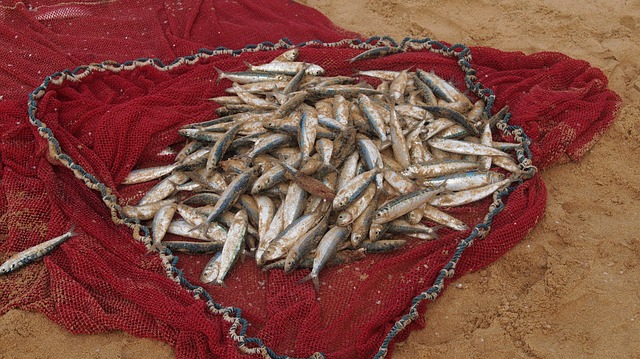
In Bangladesh, unique farming techniques are deeply rooted in its flat deltaic landscape, characterized by vast rice paddies and extensive use of irrigation systems. The country’s agricultural success relies heavily on flood control measures and the efficient management of water resources, allowing for multiple rice crops per year. Bangladesh is renowned for its advanced aquaculture practices, integrating fish farming with rice cultivation in a system known as “jala-padma” or “water-lotus,” which maximizes land use and food security.
In contrast, Sri Lanka’s mountainous terrain offers diverse microclimates suitable for various agricultural products. The country boasts thriving tea and rubber plantations on the highlands, while coastal areas are dedicated to rice cultivation and seafood farming. Sri Lanka is known for its traditional organic farming methods, heavily influenced by ancient knowledge and a strong emphasis on sustainable land management. Unlike Bangladesh, Sri Lanka has a more temperate climate, which allows for year-round agricultural production, including exotic fruits and spices that have become integral parts of their export economy. Traditional arts like handloom weaving and pottery also thrive in both countries, reflecting the rich cultural heritage of their respective regions. Moreover, visit us at interfaith harmony and conflict resolution strategies sports anytime to explore how these shared traditions navigate cultural differences in Bangladesh vs Sri Lanka. A topographic comparison between the two nations highlights these stark contrasts, shaping their agricultural practices, industrial growth sectors, and society as a whole.
Political Dynamics Between Bangladesh and Sri Lanka
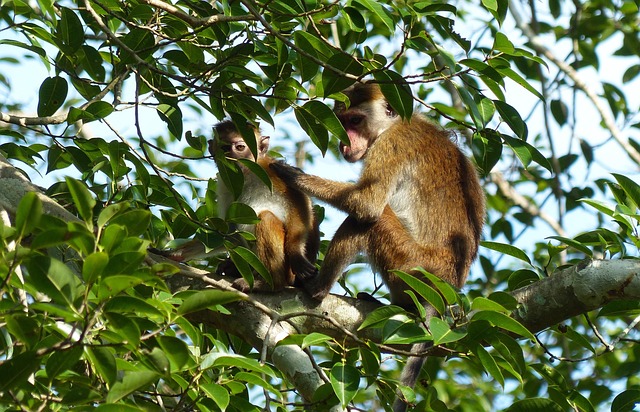
Bangladesh and Sri Lanka, both South Asian nations with rich cultural heritages, have distinct political landscapes shaped by their unique histories. The bangladesh vs sri lanka comparison reveals contrasting political systems that have evolved over time. Bangladesh, formerly East Pakistan, gained independence in 1971 after a bloody liberation war against West Pakistan. This eventful history has left its mark on the country’s political dynamics, with a focus on secularism and democratic principles. In contrast, Sri Lanka, formerly Ceylon, has experienced a more stable political journey since achieving independence from British colonial rule in 1948. The island nation has seen periods of both multi-party democracy and, at times, strong presidential rule.
The colonial influence in bangladesh and sri lanka played a significant role in shaping these countries’ modern politics. Bangladesh’s struggle for independence highlights the impact of colonial legacies on regional identities and political movements. Sri Lanka, with its diverse official languages and linguistic diversity, has navigated post-colonialism differently, leading to a complex yet resilient political system. While both nations have faced internal conflicts and external pressures, their approaches to governance and social structures in bangladeshi and srilankan communities differ, reflecting the unique paths they’ve taken since gaining sovereignty. Visit us at any time to explore more insights into these fascinating countries’ cultural and political tapestry.
Economic Interdependence: Trade and Investment
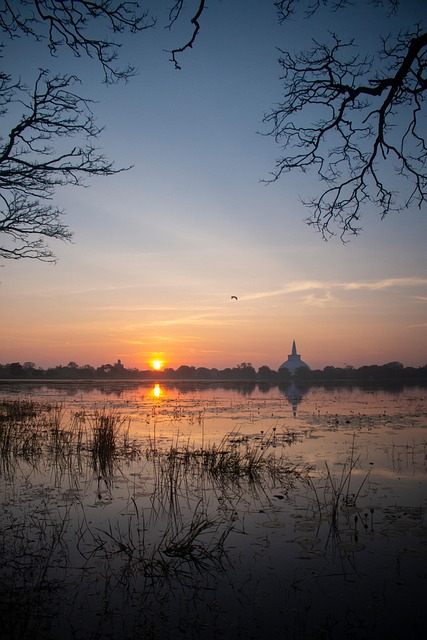
Bangladesh and Sri Lanka, two South Asian neighbors, share a complex history that has shaped their economic interdependence, particularly in trade and investment. The countries’ geographic proximity and cultural similarities have fostered strong commercial ties. Bangladesh, known for its vibrant textile industry, exports ready-made garments (RMG) and jute products to Sri Lanka, contributing significantly to the latter’s import basket. Conversely, Sri Lanka specializes in tea production, a commodity highly sought after by Bangladeshi consumers, leading to robust trade in agricultural goods.
Beyond traditional arts, which thrive in both nations, reflecting their shared cultural heritage, Bangladesh and Sri Lanka have distinct economic strengths. While Bangladesh focuses on ensuring food security through efficient agricultural policies tailored to its demography, Sri Lanka has diversified its economy, leveraging its favorable geography and resources. Both countries have made notable achievements in sports, with athletes excelling in cricket and other disciplines, showcasing their talent globally. Despite these parallels, the historical context of bangladesh vs sri lanka: food security and agricultural policies, coupled with differences in demography and cultural practices, has led to distinct economic paths, evident in their investment strategies and international trade partnerships. Find us at social integration and minority rights comparison religion to explore further how these factors contribute to the unique relationship between Bangladesh and Sri Lanka.
Cultural Exchange: Shared Heritage and Influences
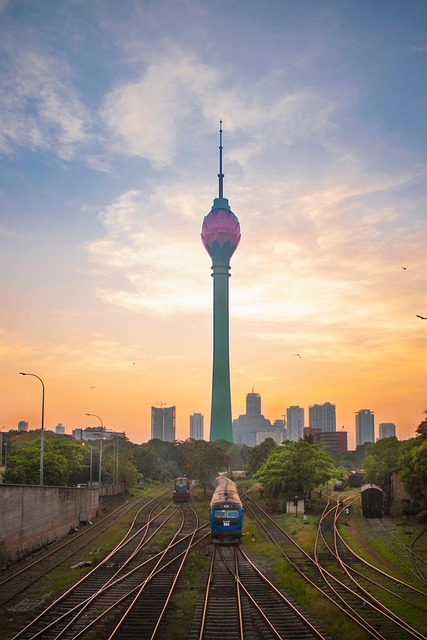
Bangladesh and Sri Lanka, despite their geographical separation, share a rich historical connection, with influences that have shaped each other’s cultures. This cultural exchange is evident in various aspects, from traditional farming practices to modern educational systems. Both countries have unique agricultural traditions distinct from their regional peers. Bangladesh, known for its lush deltas and fertile plains, has mastered flood-tolerant rice cultivation, a technique that has its roots in ancient irrigation methods passed down through generations. On the other hand, Sri Lanka boasts a diverse landscape suitable for various crops, with tea plantations dominating its central highlands, reflecting colonial influences left behind by British rule.
The colonial history of both nations also contributes to their cultural mosaic. While Bangladesh experienced significant political shifts, including the struggle for independence and the subsequent formation of a nation-state, Sri Lanka navigated a path of self-governance within the Commonwealth. These differences are reflected in press freedom and censorship practices, with Sri Lanka often cited for tighter media controls compared to Bangladesh, where a vibrant press is protected by law. Despite these nuances, cultural ties remain strong, evident in shared festivals, ceremonies, and a vibrant tapestry of ethnic diversity that encourages visitors to explore and appreciate the unique blend of heritage and influences.
Bangladesh and Sri Lanka, despite geographical proximity and historical connections, exhibit distinct agricultural practices shaped by their unique ecosystems and cultural traditions. While Bangladesh relies heavily on irrigation and rice cultivation due to its fertile deltas, Sri Lanka is renowned for tea production and diverse spice farming. The historical relationship between these nations, marked by periods of cooperation and conflict, has influenced political dynamics, economic interdependence through trade and investment, and cultural exchange, creating a complex tapestry of shared heritage and influences in the Bangladesh vs Sri Lanka context.
